The Internet of Things (IoT) is an advanced technology that refers to businesses implementing connected devices that help those businesses collect and analyze data in real time. This practice has become integral to companies across industries because it enhances operational efficiency, data collection, and customer engagement. However, with benefits also come risks.
As they increasingly connect more devices to their networks, securing IoT devices becomes paramount. This is where managed IT services play a critical role, as a team of experts can offer specialized solutions and processes to boost the security posture of your business. In this article, we will dive into the importance of securing IoT devices, current cyber threats to keep an eye out for, and best practices related to all things IoT technology.
The Importance of Securing IoT Devices
IoT devices are all around us, whether we realize it or not. They range from smart thermostats to industrial sensors, and while this makes them a unique form of technology, it also means IoT devices can create vulnerabilities if they’re not properly secured.
A significant percentage of connected IoT devices are manufactured and shipped with weak security measures, making them easy targets for cybercriminals. The interconnected nature of these devices also means that a breach in one area can compromise an entire network, leading to data theft, operational disruptions, and substantial financial losses. The 2016 Mirai Botnet incident was one of the more infamous IoT breaches and is a real-life example of how unsecured IoT devices can bring significant damage to businesses and private devices. Armed with this knowledge, businesses must remain aware of the common security threats and ensure that the devices connected to their network are protected.
Common Security Threats to IoT Devices
Understanding the common threats is the first step in IoT security. Some of the prevalent security challenges businesses face can range from inadequate authentication and malware attacks to outdated firmware.
- Inadequate authentication can occur when IoT devices’ default passwords aren’t changed upon purchase and installation, which makes them susceptible to unauthorized access.
- Data interception can happen when data transmitted between devices are intercepted; not encrypting data almost guarantees potential data breaches.
- Malware and ransomware attacks are more rampant now than ever, meaning many IoT devices can, unfortunately, be infected with malicious software that can disrupt operations or hold data hostage.
- Additionally, attackers can issue Denial of Service (DoS), where they can overwhelm IoT devices, rendering them inoperable and can disrupt business processes and operations.
- Not regularly updating IoT firmware can also leave them vulnerable to exploits targeting older software versions.
These common security threats must stay on top of mind with business owners to ensure IoT devices remain protected and aren’t a vulnerability that could affect your day-to-day operations.
How Do Managed IT Services Enhance IoT Security?
While IoT devices need protection measures, it can be overwhelming for business owners to start implementing these security practices. Collaborating with Managed Services Providers (MSPs), particularly Managed IT Services, can provide robust security solutions tailored specifically to your IT environment and IoT landscape. There are plenty of ways that an MSP can secure your devices:
Comprehensive Risk Assessment
MSPs can go into your business’ IT environment and conduct a thorough risk assessment to identify vulnerabilities in your IoT setup. They can evaluate device configurations, network architecture, and potential threat vectors to develop a customized security strategy.
Mobile Device Management and Monitoring
A team of IoT security experts can offer continuous monitoring of IoT devices that allows for real-time threat detection. MSPs can use advanced tools to track device behaviour, ensuring that any unusual activity outside of daily operations is to be flagged immediately.
Regular Updates and Patch Management
It’s important to keep firmware and software in your IT department up to date to maintain security. Managed Service Providers can ensure that all devices receive timely updates and patches to mitigate known vulnerabilities.
Secure Network Architecture
Implementing a secure network architecture, such as segmentation, can limit the exposure of IoT devices in your business IT environment. MSPs can design and deploy a network that restricts remote access to some devices within your environment and reduces the risk of lateral movement by cyber attackers.
Employee Training and Awareness
This is a surprise to many, but human error is often a significant factor in security breaches instead of technology. An MSP team can provide training programs to educate employees about the risks associated with many IoT devices and share the best practices for securing them. This can alleviate significant risks in having IoT devices in your business environment, plus encourage everyone to practice vigilance both inside and outside the workplace.
Incident Response and Recovery
In the event of a security incident, having Managed IT Services in place ensures a swift response from the right group of experts. MSPs can seamlessly develop incident response plans that outline procedures for containment, eradication, and recovery, minimizing downtime and damage. Together with employee training and awareness, the correct incident response and disaster recovery plan can fortify organizations and provide robust protection against cyber threats and attempts to compromise in-house IoT devices.
Best Practices for Securing IoT Devices
While it’s important to leverage the resources of having Managed IT Services, businesses should also adopt best practices related to IoT security. Key recommendations range from changing default credentials and regular updates to establishing an incident response plan.
- Particularly for businesses, it’s important to always change default usernames and passwords on IoT devices. Not changing these would give cybercriminals easy access and can undermine existing cybersecurity measures. Use complex passwords and consider implementing multi-factor authentication where possible.
- Implementing encryption would ensure that all data transmitted between smart devices protects sensitive information and classified data from being intercepted.
- Regularly updating your firmware by scheduling regular checks for updates can mitigate risks and address security vulnerabilities.
- Isolating IoT devices from the main business network through network segmentation can prevent attackers from accessing sensitive data if a device is compromised.
- Periodically reviewing your company’s IoT ecosystem is critical for security compliance. This can be done by conducting regular audits; regular audits help identify new vulnerabilities and ensure that existing measures in your business IT environment are effective.
- Encouraging your team and business systems to use security solutions such as implementing firewalls, intrusion detection systems, and antivirus software designed to protect IoT devices can provide an additional layer of protection against potential threats.
- Regularly monitoring device behaviour will detect potential anomalies that should be investigated immediately to prevent potential breaches.
- Finally, your business should establish an incident response plan by developing a comprehensive strategy to address potential security breaches. Most importantly, management must ensure that all employees are familiar with their roles in this plan.
Conclusion
As the IoT landscape continues to evolve, businesses must prioritize the security of their devices. Understanding how to secure IoT devices is essential in mitigating risks and protecting valuable data. Collaborating with an MSP that offers Managed IT Services, like SysGen, will give your business access to expertise and resources needed to safeguard your IoT ecosystem effectively. By combining these services with best practices, organizations can build a robust security framework that not only protects their devices but also enhances overall operational resilience. In an era where digital transformation is the norm, IoT device security is not just an option; it’s a necessity. Investing in Managed IT Services is a proactive step towards fortifying your business against emerging threats, ensuring that your IoT environment remains a source of innovation rather than vulnerability.
Connect with our team today!



